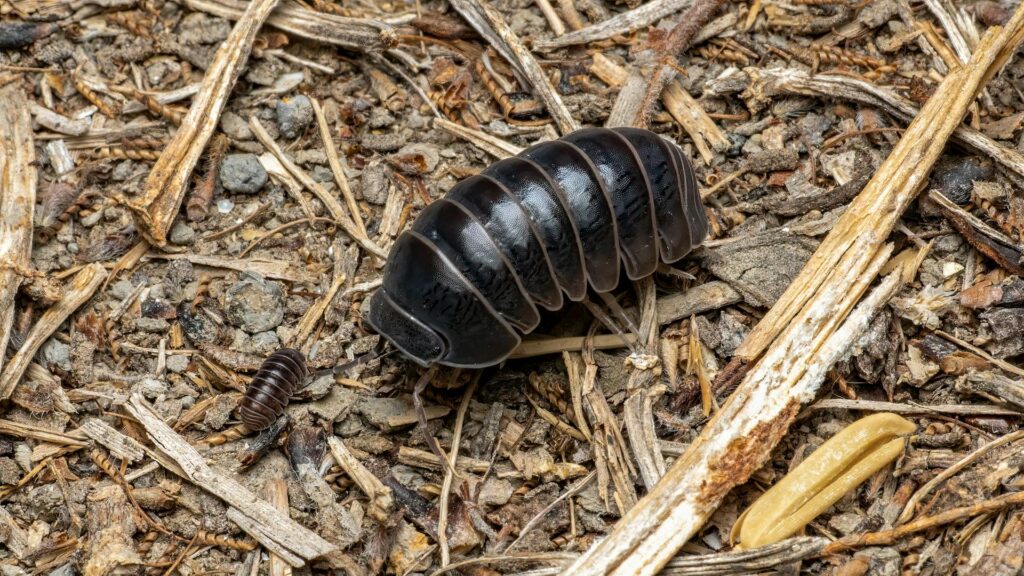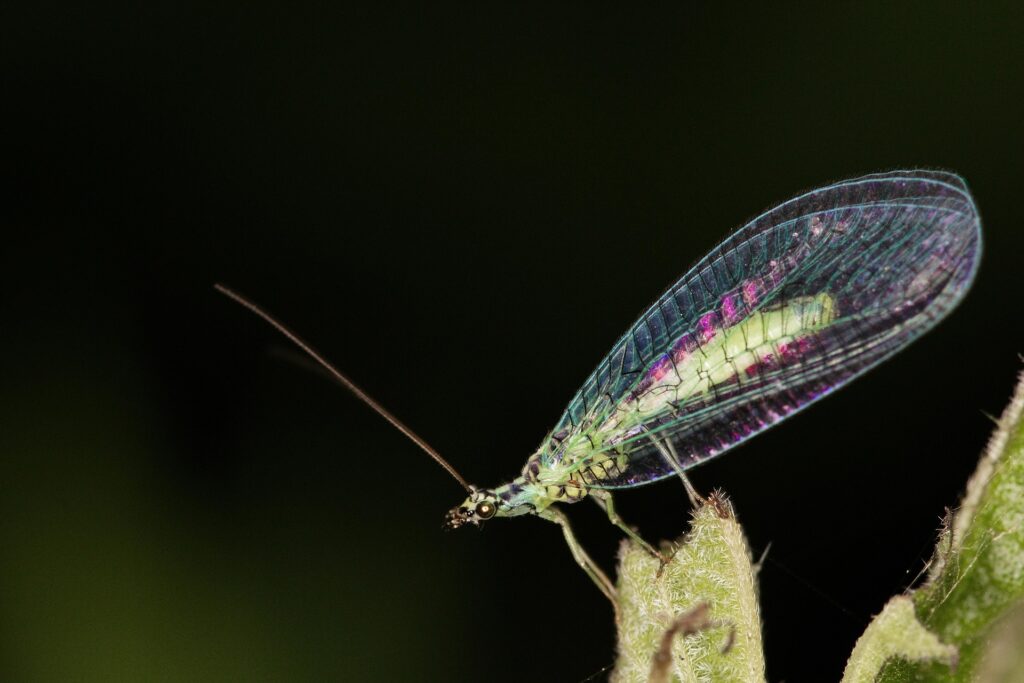When you spot winged insects around your home, it can be alarming. While not all flying insects are termites, it’s important to identify them correctly since termites can cause serious damage to your property. Many homeowners confuse termite swarms with flying ants, but there are key differences that can help you determine exactly what type of pest you’re dealing with.
How to Identify Termite Swarms
Termites swarm as part of their natural reproductive cycle. These winged termites, known as alates, emerge from mature colonies when they’re ready to establish new ones. You’ll typically see swarms during warm months, often after rainfall. Since termites are attracted to light, you might spot them near your windows, doorways, or exterior walls.
Physical Characteristics of Termites
When you’re trying to identify termites, look for these distinctive features:
- Straight antennae that don’t bend
- A uniform waist without any pinching
- Wings that are equal in length
- Soft, pale-colored bodies that look somewhat translucent
One important sign to watch for is discarded wings. Termites shed their wings after landing, so if you find small piles of wings near entry points in your home, you might have termites nearby.
How to Identify Flying Ants
While flying ants might look similar to termites at first glance, they have distinct characteristics that set them apart. Unlike termites, seeing flying ants doesn’t necessarily mean you have structural damage to worry about. Many ant species produce winged reproductive members that swarm under certain conditions.
Physical Characteristics of Flying Ants
Here’s what you should look for to identify flying ants:
- Bent or elbowed antennae that have a distinct angle
- A narrow, clearly pinched waist
- Wings of unequal length (their hind wings are smaller than front wings)
- Hard, dark-colored bodies
You’re most likely to spot flying ants near food sources or inside walls, particularly in kitchens, bathrooms, or areas where moisture tends to accumulate.
Where to Look for Signs of Infestation
Here are some areas where you are most likely to find signs of infestations in your home. If you see any of these, you might want to consider hiring a pest control service to come and take a look.
Near Light Sources
Both termite and ant swarms are attracted to artificial lighting. Make sure to check around your windows, porch lights, and indoor fixtures, as these areas often attract flying insects during swarming events.
Inside Walls and Wooden Structures
If you have termites, they’ll be feeding on wood and creating tunnels within structures. You’ll want to tap on wood surfaces—if they sound soft or hollow, termites might be active in that area.
Around Moisture-Prone Areas
Both termites and ants thrive in humid environments. You should regularly check areas with leaky pipes, damp wood, or condensation, as these conditions can attract both types of pests.
Behavioral Differences Between Termites and Flying Ants
Here are some of the main differences between termites and flying ants to help you identify which is which.
Feeding Habits
Termites consume cellulose found in wood, paper, and other organic materials, which is why their presence often indicates potential structural damage to your home. Flying ants, however, don’t eat wood—they’re more interested in sugary foods and proteins.
Colony Locations
Termites typically build their nests underground or inside wooden structures. Their colonies can become extensive if left undetected, causing significant long-term damage. Ant colonies are usually found in soil, under stones, or within walls. While ants can certainly be a nuisance, they don’t typically cause the same level of destruction as termites.
Swarm Duration
Termite swarms usually only last for a short period, often just a few hours. Once they find a suitable nesting location, they’ll shed their wings and settle in. Flying ants might swarm for longer periods, especially if weather conditions remain favorable.
What to Do If You See Swarming Insects
If you spot swarming insects and aren’t sure whether they’re termites or flying ants, it’s best to get expert help. Our pest control professionals can properly identify the type of pest and assess any potential risks to your home.
We offer detailed inspections to determine exactly what type of pest you’re dealing with and create a targeted treatment plan. Get a free quote today to protect your home from potential termite or pest damage. Don’t wait until these pests cause serious problems—contact us to keep your property safe.









